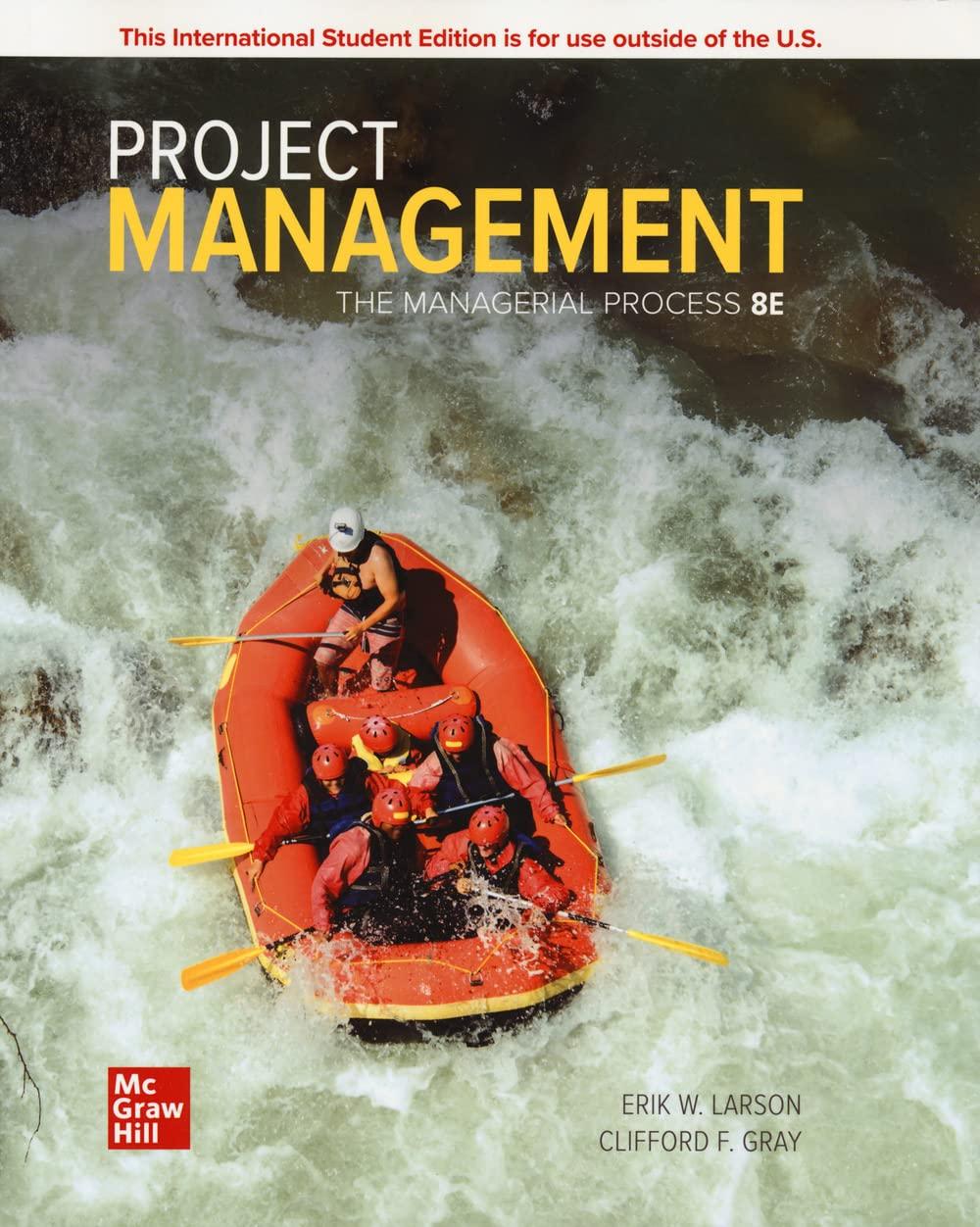Question
Dynamic Model of Resistance to Change The dynamic model of resistance to change offers a more comprehensive view of the causes of resistance to change.
Dynamic Model of Resistance to Change The dynamic model of resistance to change offers a more comprehensive view of the causes of resistance to change. This exercise will help you identify and understand the causes of resistance to change as identified in the dynamic model of resistance to change. For each item, select whether the resistance to change is a recipient characteristic or a change agent characteristic.
1.
Dynamic Model of Resistance to Change
The dynamic model of resistance to change offers a more comprehensive view of the causes of resistance to change. This exercise will help you identify and understand the causes of resistance to change as identified in the dynamic model of resistance to change.
For each item, select whether the resistance to change is a recipient characteristic or a change agent characteristic.
1. Surprise and fear of the unknown
2. Lack of tact or poor timing
3. Peer pressure
4. Personality conflicts
5. Past success
6. Dispositional resistance to change
7. Failing to legitimize change
8. Decisions that disrupt cultural traditions or group relationships
Step by Step Solution
There are 3 Steps involved in it
Step: 1

Get Instant Access to Expert-Tailored Solutions
See step-by-step solutions with expert insights and AI powered tools for academic success
Step: 2

Step: 3

Ace Your Homework with AI
Get the answers you need in no time with our AI-driven, step-by-step assistance
Get Started


